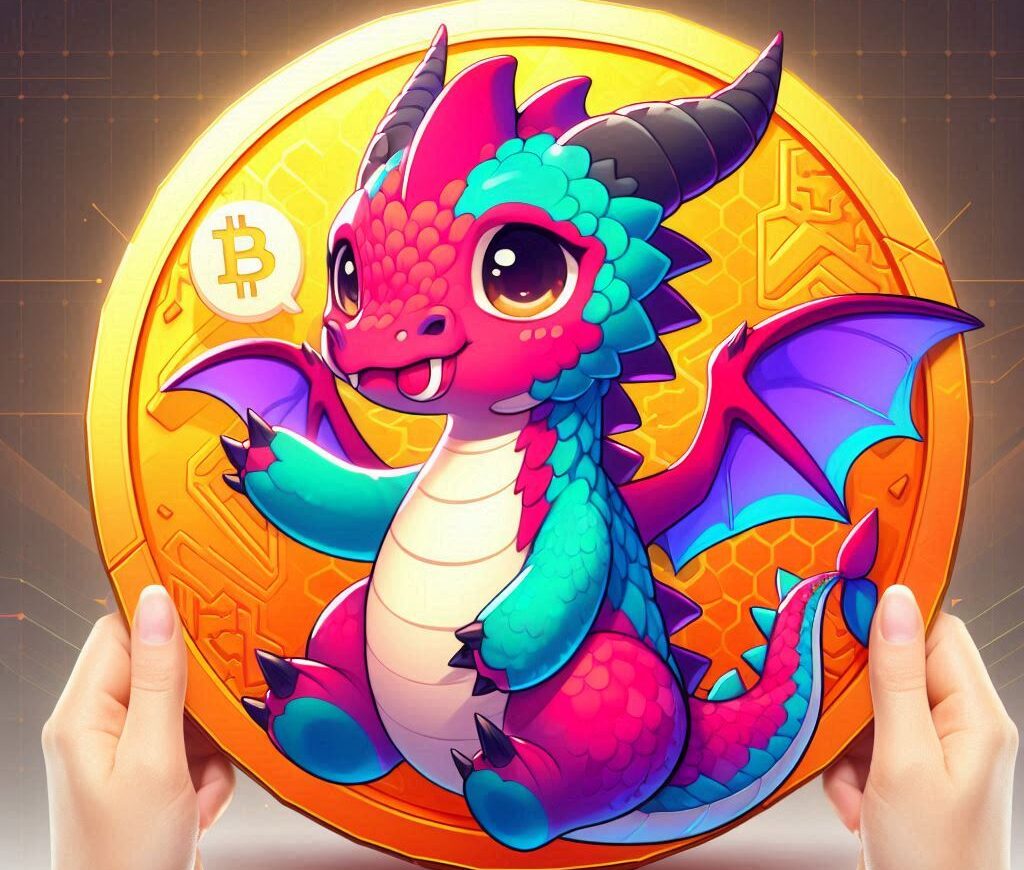One of the first questions that come to mind when you want to get involved in NFTs is, “How much does it cost to mint an NFT?” Minting an NFT is the process of creating a unique digital asset and placing it on a blockchain, typically Ethereum. The cost of minting an NFT can vary significantly depending on several factors, including the blockchain network you use, the current demand for minting, and the specific marketplace or platform you choose.
Gas Fees
The primary cost associated with minting an NFT is the “gas fee.” Gas is essentially the cost of carrying out a transaction or executing a contract on the Ethereum blockchain. When you mint an NFT, you’re executing a smart contract, which requires gas. The amount of gas required depends on the complexity of the smart contract and the current demand for transactions on the network.
Gas fees are denominated in “gwei,” which is a small fraction of Ether (ETH), the native cryptocurrency of Ethereum. The cost of gas can fluctuate significantly based on network congestion. During times of high demand, gas prices can spike, making it more expensive to mint an NFT. Conversely, during periods of low network activity, gas prices can be much lower.
Read also: Top 13 white label nft marketplace software
As of May 2023, the average gas price for an NFT mint was around 50-100 gwei, which translates to roughly $10-$50 in ETH, depending on the complexity of the smart contract. However, during periods of extreme network congestion, gas prices have been known to spike to over 500 gwei, which could cost hundreds of dollars in ETH to mint a single NFT.
Minting Costs on Popular NFT Marketplaces
1. OpenSea
OpenSea is one of the largest and most well-known NFT marketplaces. It’s a popular choice for many NFT creators due to its user-friendly interface and wide variety of supported assets. On OpenSea, you can mint NFTs using the “Lazy Minting” feature, which allows you to create an NFT without paying upfront gas fees. Instead, the gas fee is paid by the buyer when the NFT is purchased. However, if you want to sell your NFT immediately after minting, you’ll need to pay the gas fee yourself, which can range from $10-$100 or more, depending on network congestion.
2. Rarible
Rarible is another popular NFT marketplace that allows users to mint, buy, and sell NFTs. On Rarible, you’ll need to pay the gas fee upfront when minting an NFT. The exact cost will depend on the current gas prices on the Ethereum network, but can typically range from $10-$50 or more. Rarible also charges a 2.5% service fee on the sale price of an NFT.
3. Nifty Gateway
Nifty Gateway is an NFT marketplace with high-profile artist collaborations and drops. Nifty Gateway uses a unique “custodial” system, meaning they hold the NFTs on behalf of the buyers. This allows for faster, gas-free transactions. However, minting an NFT on Nifty Gateway is not open to everyone – it’s only available to approved creators. If you’re approved, Nifty Gateway covers the gas fees for minting.
4. Mintable
Mintable offers a “Gasless Minting” feature, similar to OpenSea’s Lazy Minting, which allows creators to mint NFTs without paying upfront gas fees. Instead, the gas fee is included in the sale price and paid by the buyer. Mintable also offers a “Traditional Minting” option, where the creator pays the gas fee upfront, which can cost $10-$50 or more, depending on network congestion.
5. SuperRare
SuperRare NFT marketplace is focused on single-edition digital artworks. Minting on SuperRare is only available to approved artists. If accepted, SuperRare covers the gas fees for minting. However, they charge a 15% commission on primary sales and a 3% commission on secondary sales.
Tips for Minimizing NFT Minting Costs
- Mint during off-peak hours: Gas prices tend to be lower during times of low network activity, typically on weekends or late at night (UTC). Minting during these times could save you $10-$20 or more on gas fees.
- Use a gas tracker: Tools like Etherscan’s Gas Tracker can help you monitor current gas prices and estimate the cost of your transaction. If gas prices are high, consider waiting until they drop to a more reasonable level.
- Set a reasonable gas limit: When minting, make sure to set a gas limit that’s high enough for your transaction to be completed, but not excessively high, as you’ll be charged for the full amount regardless of what’s actually used. A reasonable gas limit for an NFT mint is typically around 300,000-500,000 gas units.
- Consider layer-2 solutions: Some NFT marketplaces, like Immutable X, use layer-2 scaling solutions that allow for gas-free minting and trading. However, these platforms may have more limited options compared to Ethereum mainnet marketplaces.
Key Takeaways
1. The primary cost of minting an NFT is the “gas fee” – the cost of executing a smart contract on the Ethereum blockchain.
2. Gas fees are denominated in “gwei” and can fluctuate significantly based on network congestion. As of May 2023, the average gas price for an NFT mint was around 50-100 gwei, or $10-$50 in ETH.
3. OpenSea offers “Lazy Minting,” which allows creators to mint NFTs without paying upfront gas fees. The gas fee is instead paid by the buyer when the NFT is purchased.
4. Rarible requires creators to pay the gas fee upfront when minting an NFT, which can range from $10-$50 or more, depending on network congestion. They also charge a 2.5% service fee on the sale price.
5. Nifty Gateway covers gas fees for approved creators but is not open to everyone. They use a unique “custodial” system for faster, gas-free transactions.
6. Mintable offers both “Gasless Minting” (similar to OpenSea’s Lazy Minting) and “Traditional Minting” (where the creator pays the gas fee upfront).
7. SuperRare covers gas fees for approved artists but charges a 15% commission on primary sales and a 3% commission on secondary sales.
8. To minimize NFT minting costs, consider minting during off-peak hours, using a gas tracker to monitor prices, setting a reasonable gas limit, and exploring layer-2 solutions like Immutable X.
9. The cost of minting an NFT can vary significantly depending on the current gas prices on the Ethereum network and the specific marketplace chosen.
10. Staying informed about the latest developments and trends in the NFT space is crucial for making informed decisions and maximizing the potential of your NFT journey.
Frequently Asked Questions
1. What is the main cost associated with minting an NFT?
The main cost associated with minting an NFT is the “gas fee” – the cost of executing a smart contract on the Ethereum blockchain. Gas fees are paid in ETH and can vary significantly based on network congestion.
2. Q: How much does it typically cost to mint an NFT?
As of May 2023, the average gas price for an NFT mint was around 50-100 gwei, which translates to roughly $10-$50 in ETH. However, during periods of high network congestion, gas fees can spike to hundreds of dollars.
3. Are there any NFT marketplaces that offer gasless minting?
Yes, some marketplaces like OpenSea and Mintable offer “Lazy Minting” or “Gasless Minting” features, which allow creators to mint NFTs without paying upfront gas fees. Instead, the gas fee is paid by the buyer when the NFT is purchased.
4. Do all NFT marketplaces charge the same fees for minting?
No, each NFT marketplace has its own fee structure. Some charge upfront gas fees, while others offer gasless minting options. Some marketplaces also charge additional service fees or commissions on sales.
5. Can I mint an NFT for free?
While some marketplaces offer gasless minting options, there is usually still a cost associated with selling the NFT. Additionally, some marketplaces, like Nifty Gateway and SuperRare, only allow minting by approved creators and may cover gas fees for those creators.
6. How can I minimize the cost of minting an NFT?
To minimize NFT minting costs, consider minting during off-peak hours when gas prices are lower, using a gas tracker to monitor prices, setting a reasonable gas limit, and exploring layer-2 solutions like Immutable X, which offer gasless minting and trading.
7. What happens if I set my gas price too low when minting an NFT?
If you set your gas price too low, your NFT minting transaction may take longer to be processed or may get stuck pending. In some cases, if the gas price is set too low, the transaction may fail entirely, and you’ll lose the gas fees you paid.
8. Are there any additional costs to consider beyond the minting fee?
Yes, some marketplaces charge additional fees, such as service fees or commissions on sales. For example, Rarible charges a 2.5% service fee on the sale price of an NFT, while SuperRare charges a 15% commission on primary sales and a 3% commission on secondary sales.
9. Will the cost of minting NFTs always be this high?
The cost of minting NFTs is largely dependent on the Ethereum network’s gas prices, which can fluctuate based on demand and network congestion. As Ethereum scales and implements upgrades like sharding and proof-of-stake, gas prices may become more stable and affordable. Additionally, the rise of layer-2 solutions and alternative blockchains may provide cheaper options for minting NFTs in the future.
10. What should I do if I’m unsure about the costs of minting an NFT on a particular marketplace?
If you’re unsure about the costs of minting an NFT on a specific marketplace, it’s best to do thorough research on the marketplace’s fee structure and minting process. Look for information in their FAQ, help center, or reach out to their customer support for clarification. Additionally, engaging with the NFT community on social media or forums can provide valuable insights and experiences from other creators.










